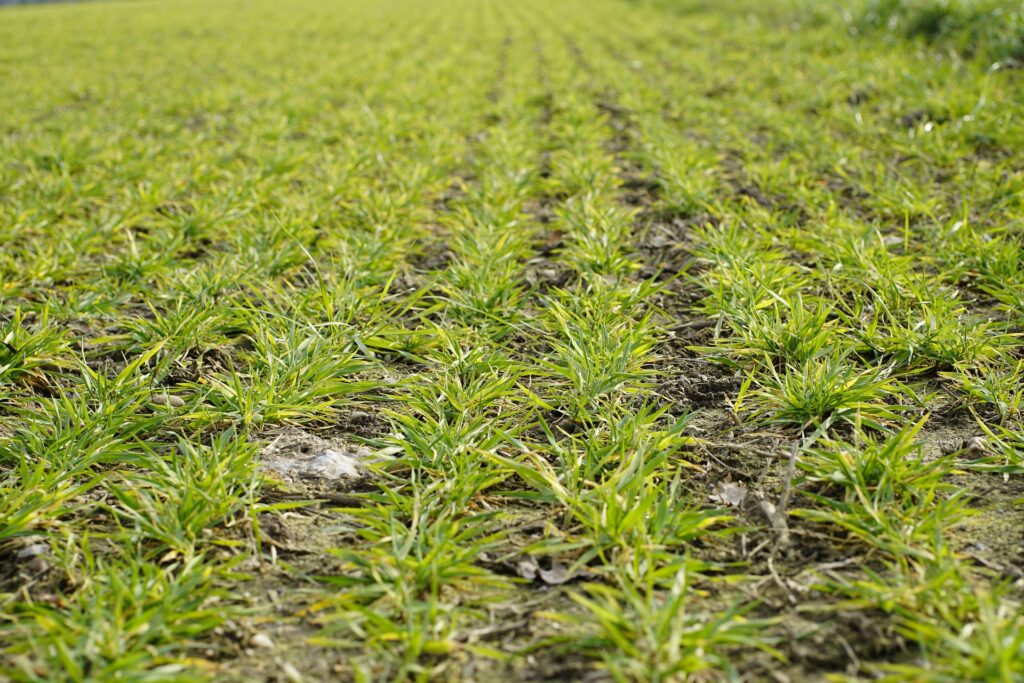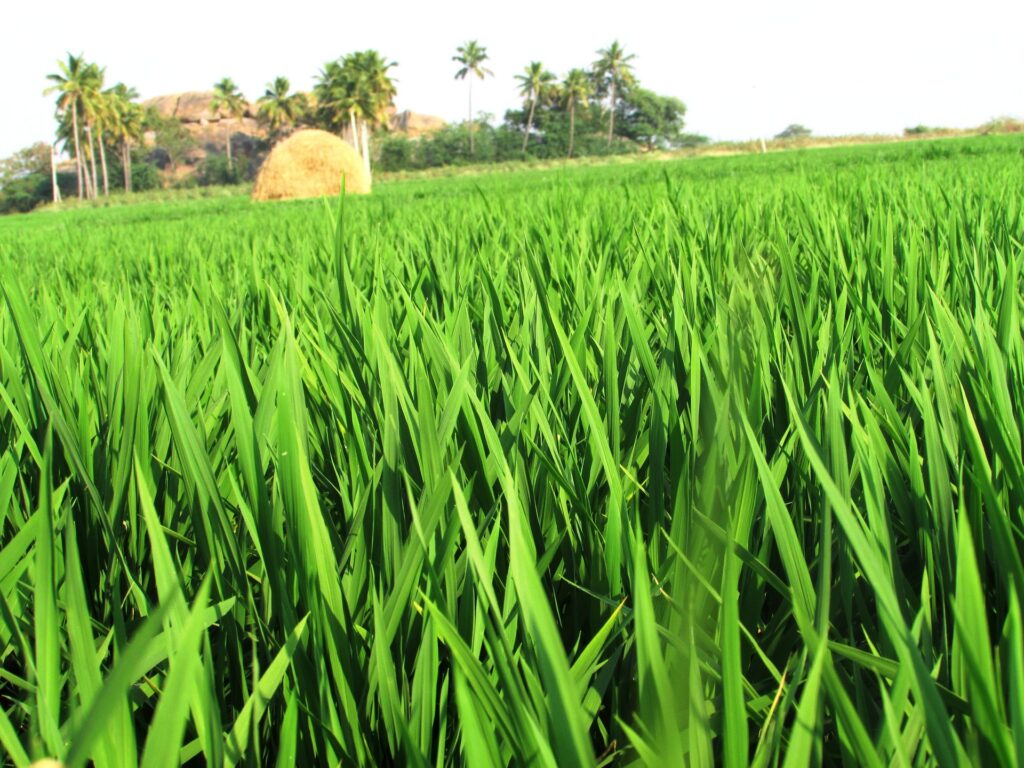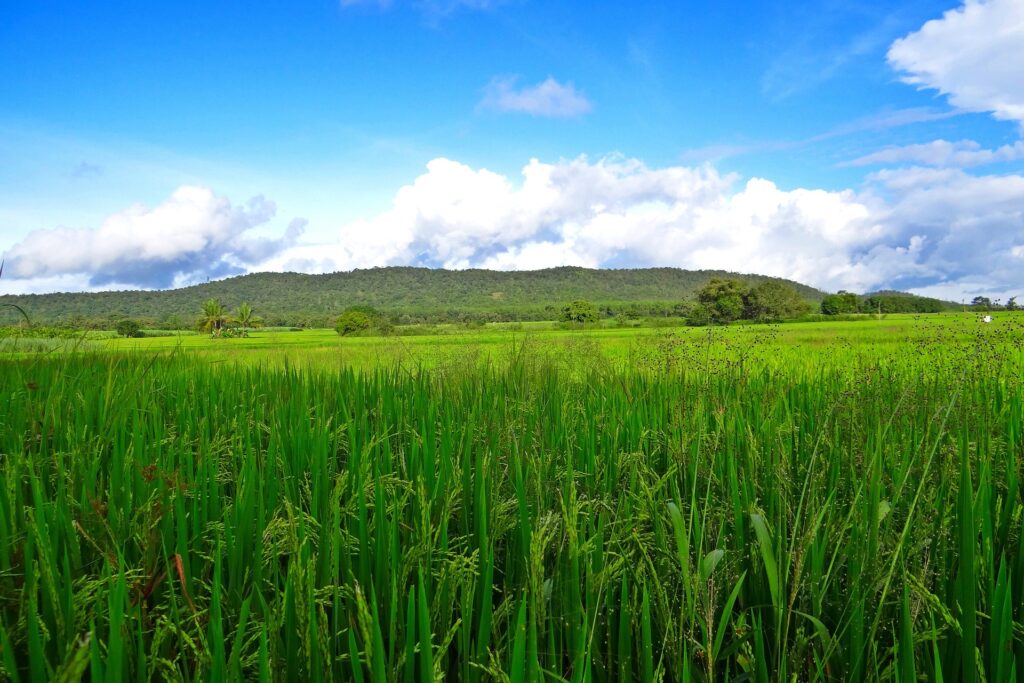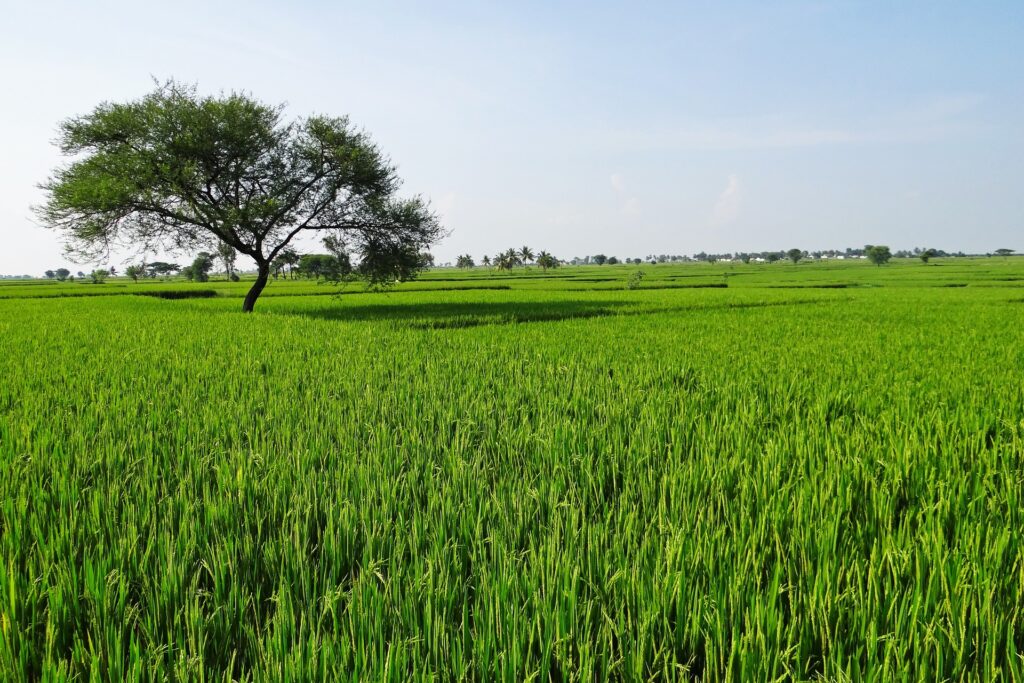Wheat is one of the principal staple crops in India, playing a crucial role in the country’s food security and agriculture-based economy. As a key source of carbohydrates, it is integral to the diet of millions of Indians. This article provides an in-depth look at wheat farming in India, covering its cultivation practices, challenges faced by farmers, and future prospects for growth and improvement.
Wheat Cultivation in India

Major Wheat-Producing Regions
North India: The major wheat-growing states include Punjab, Haryana, Uttar Pradesh, and Madhya Pradesh. The region benefits from favorable climatic conditions and advanced agricultural practices.
Central India: Madhya Pradesh is a significant wheat-producing state, contributing to the country’s total wheat output.
Western India: Gujarat and Rajasthan also grow wheat, although to a lesser extent compared to the northern states.
Climatic Requirements
Temperature: Wheat requires a temperate climate with cool winters and moderate temperatures during the growing season. The optimal temperature for wheat growth is between 10°C to 25°C.
Rainfall: Wheat is typically grown during the Rabi season (winter crop), relying on residual soil moisture from the monsoon season. Adequate irrigation is essential in regions with insufficient rainfall.
Cultivation Practices
Soil Preparation: Wheat thrives in well-drained, loamy soils. Pre-sowing soil preparation includes plowing and leveling to create a suitable seedbed.
Sowing: Wheat is sown between October and December, depending on the region. The recommended sowing method is using a seed drill or broadcasting, followed by light soil covering.
Fertilization: The application of balanced fertilizers, including nitrogen (N), phosphorus (P), and potassium (K), is crucial for optimal growth. Soil testing helps determine the appropriate nutrient mix.
Irrigation: Wheat requires regular irrigation, particularly in regions with low rainfall. Methods such as furrow irrigation, drip irrigation, and sprinkler systems are employed to ensure adequate water supply.
Pest and Disease Management: Common pests include the wheat aphid and stem borer, while diseases such as rust and blight can affect yields. Integrated Pest Management (IPM) practices, including the use of resistant varieties and timely application of pesticides, help manage these issues.
Harvesting and Post-Harvest Management
Harvesting: Wheat is typically harvested between March and May. The crop is cut using combine harvesters or manually, followed by threshing to separate the grain from the straw.
Post-Harvest Processing: After harvesting, wheat is cleaned, dried, and stored in silos or warehouses. Proper storage is essential to prevent spoilage and pest infestation.
Challenges in Wheat Farming

Climate Change
Temperature Extremes: Rising temperatures and unseasonal weather events can adversely affect wheat growth and yields. Heat stress during the grain-filling period can reduce productivity.
Water Scarcity: In regions dependent on irrigation, water scarcity and inefficient irrigation practices can impact wheat cultivation.
Pest and Disease Management
Pest Infestation: Wheat crops are vulnerable to various pests, including aphids, stem borers, and cutworms. Managing these pests requires timely intervention and integrated pest management strategies.
Diseases: Wheat diseases such as rust, blight, and fusarium head blight can lead to significant yield losses. Disease-resistant varieties and effective fungicide applications are essential for control.
Soil Degradation
Nutrient Depletion: Continuous cultivation of wheat can lead to soil nutrient depletion. Implementing crop rotation and soil fertility management practices is crucial for maintaining soil health.
Erosion and Salinity: Soil erosion and salinity can degrade soil quality and affect wheat productivity. Conservation practices and proper irrigation management can mitigate these issues.
Economic and Market Issues
Price Fluctuations: Wheat prices can be volatile due to market dynamics, including supply-demand imbalances and international trade policies. Price fluctuations can impact farmers’ incomes and profitability.
Infrastructure: Inadequate infrastructure for storage, transportation, and processing can lead to post-harvest losses and reduced market access.
Future Prospects and Innovations

Sustainable Practices
Climate-Resilient Varieties: Developing and adopting wheat varieties that are resilient to heat stress, drought, and disease can improve productivity and sustainability.
Conservation Agriculture: Practices such as minimum tillage, crop rotation, and cover cropping can enhance soil health and reduce the environmental impact of wheat farming.
Technology and Innovation
Precision Agriculture: Utilizing technologies such as remote sensing, GPS, and data analytics can optimize resource use, including water, fertilizers, and pesticides, leading to increased efficiency and productivity.
Improved Irrigation: Adoption of modern irrigation systems, such as drip and sprinkler irrigation, can enhance water use efficiency and support wheat cultivation in water-scarce regions.
Policy and Support
Government Schemes: Implementing and enhancing government schemes for wheat farmers, including subsidies, insurance, and credit facilities, can support farmers’ livelihoods and production.
Research and Development: Investing in research and development to improve wheat varieties, pest management strategies, and farming practices can drive future growth in wheat farming.
Market Access and Infrastructure
Improved Storage and Transportation: Developing better storage facilities and transportation infrastructure can reduce post-harvest losses and improve market access for wheat farmers.
Market Linkages: Strengthening market linkages and providing farmers with better price information and access to markets can enhance their profitability and economic stability.

Conclusion
Wheat farming is a cornerstone of Indian agriculture, contributing significantly to food security and the economy. While challenges such as climate change, pest management, and soil degradation persist, opportunities for improvement through sustainable practices, technological advancements, and supportive policies are promising.
By embracing innovative approaches and focusing on sustainability, India can enhance wheat production, address current challenges, and ensure a stable and prosperous future for wheat farmers and the broader agricultural sector.